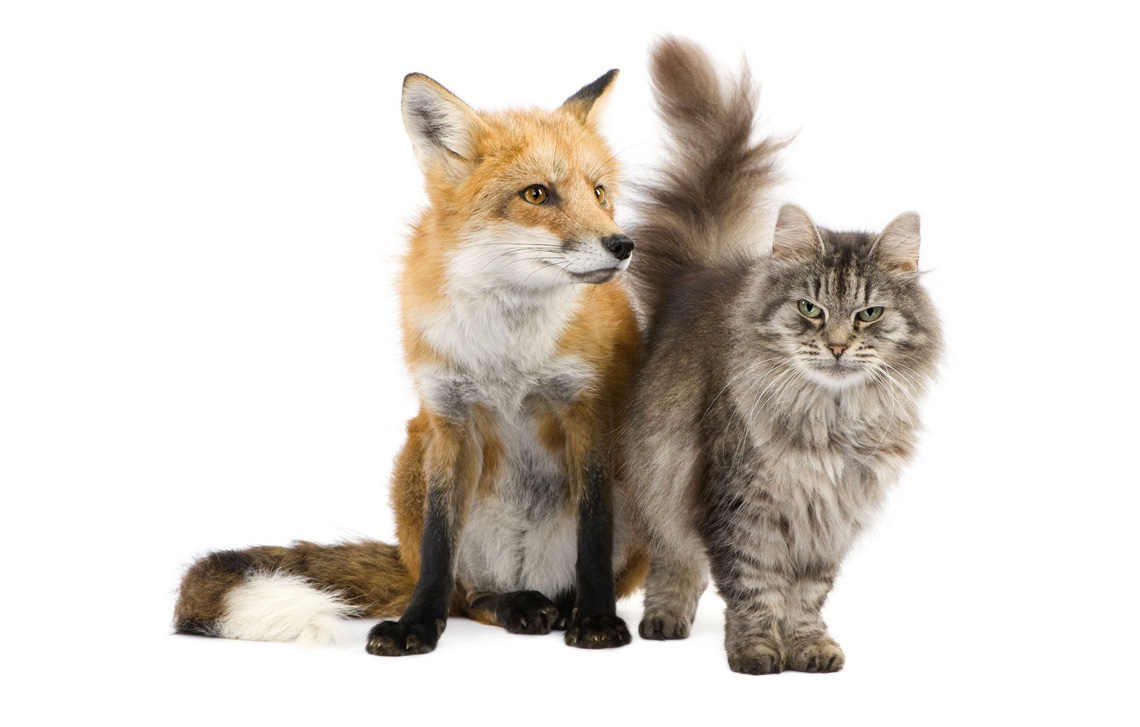ElijahShell
Newbie
- Messages
- 17
- Reaction score
- 1
- Points
- 3
Recently thought of this wild hypothesis: although the cats(feline) and dogs(canine) we see today are two totally different species, there actually existed a common ancestor which both felines and canines descended from known as the Miacidae, or the Miacis, a small, weasel-like insect-eating mammal lived approximately 55-60 million years ago. Therefore, it is theoretically also possible for felines and canines to share the same paternal haplogroup, even if it is only for some of the members in them?

Also, since the classification of specie is mainly determined by autosomal DNA, not haplogroups, just like people from the same tribe can carried different paternal DNA despite having identical autosomal genes, members of the same specie can also carried different haplogroups from another animal even though they are still the same breed? Can some canines and felines actually carried the same haplogroup? For example, the biological classification for foxes are canids, which are basically dogs, but people always correlate foxes with cats, as we can see that the foxes indeed behave more like cats and have more similarities with cats than with dogs in many ways, such as being solitary, nocturnal, love climbing trees, etc. Could this be because foxes actually carried a haplogroup lineage from a cat-like paternal ancestor that mated with their dog-like maternal ancestors back when the two species were still both Miacidae with no reproductive isolation? If haplogroups can affect behavior, as seen in different human cultures and civilizations, maybe that is the reason why cats and dogs eventually became two different species with cats being solitary and dogs being social? Again, this is all my speculation, feel free to comment if you hold a different view for this.


Also, since the classification of specie is mainly determined by autosomal DNA, not haplogroups, just like people from the same tribe can carried different paternal DNA despite having identical autosomal genes, members of the same specie can also carried different haplogroups from another animal even though they are still the same breed? Can some canines and felines actually carried the same haplogroup? For example, the biological classification for foxes are canids, which are basically dogs, but people always correlate foxes with cats, as we can see that the foxes indeed behave more like cats and have more similarities with cats than with dogs in many ways, such as being solitary, nocturnal, love climbing trees, etc. Could this be because foxes actually carried a haplogroup lineage from a cat-like paternal ancestor that mated with their dog-like maternal ancestors back when the two species were still both Miacidae with no reproductive isolation? If haplogroups can affect behavior, as seen in different human cultures and civilizations, maybe that is the reason why cats and dogs eventually became two different species with cats being solitary and dogs being social? Again, this is all my speculation, feel free to comment if you hold a different view for this.


